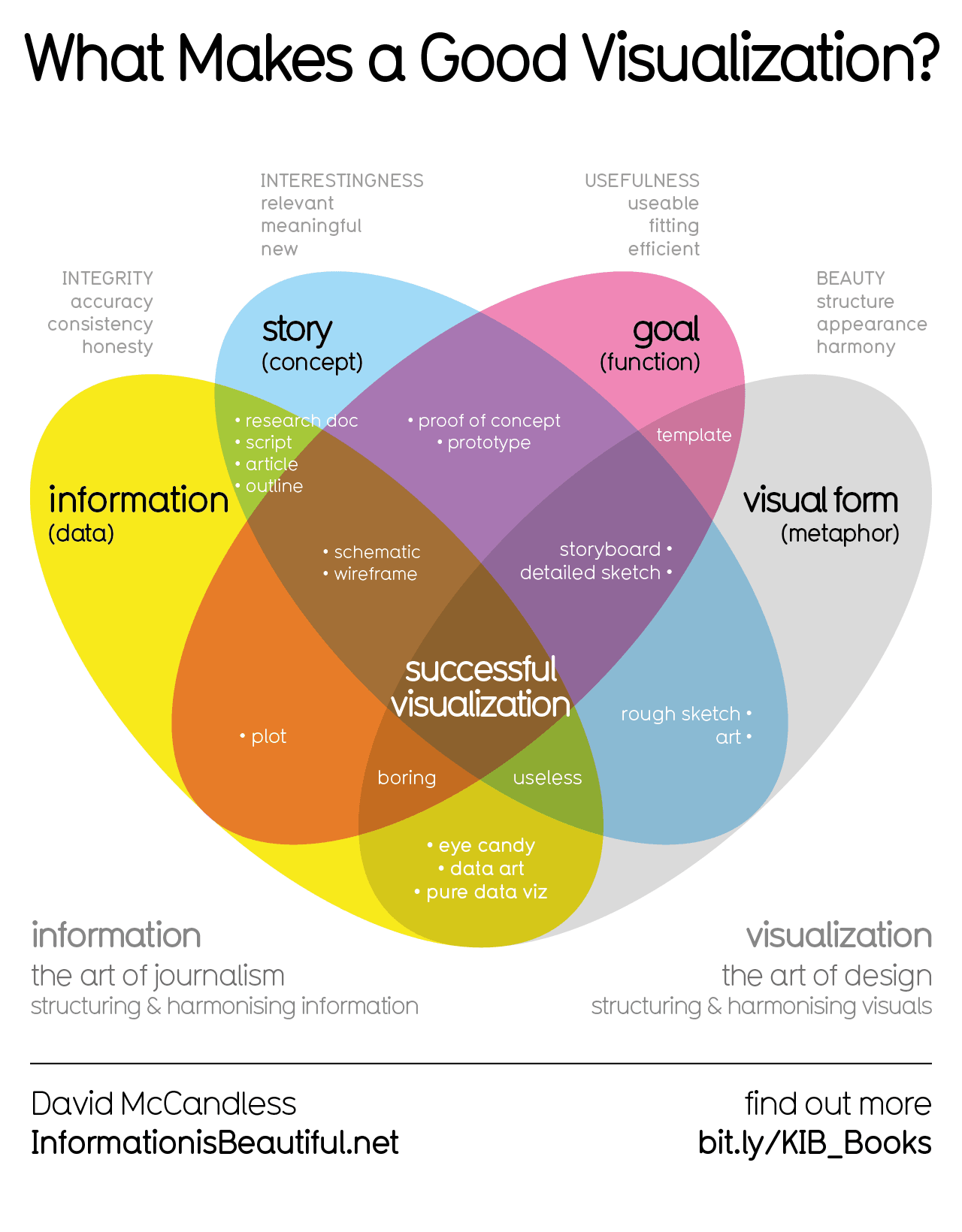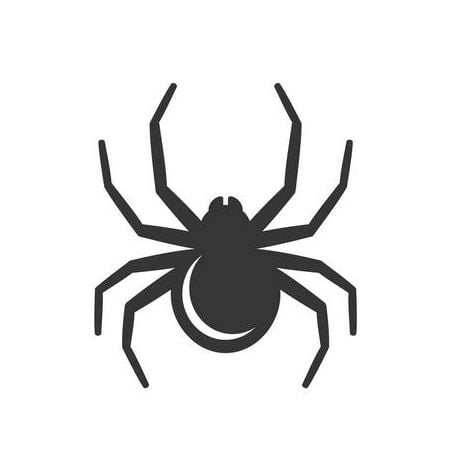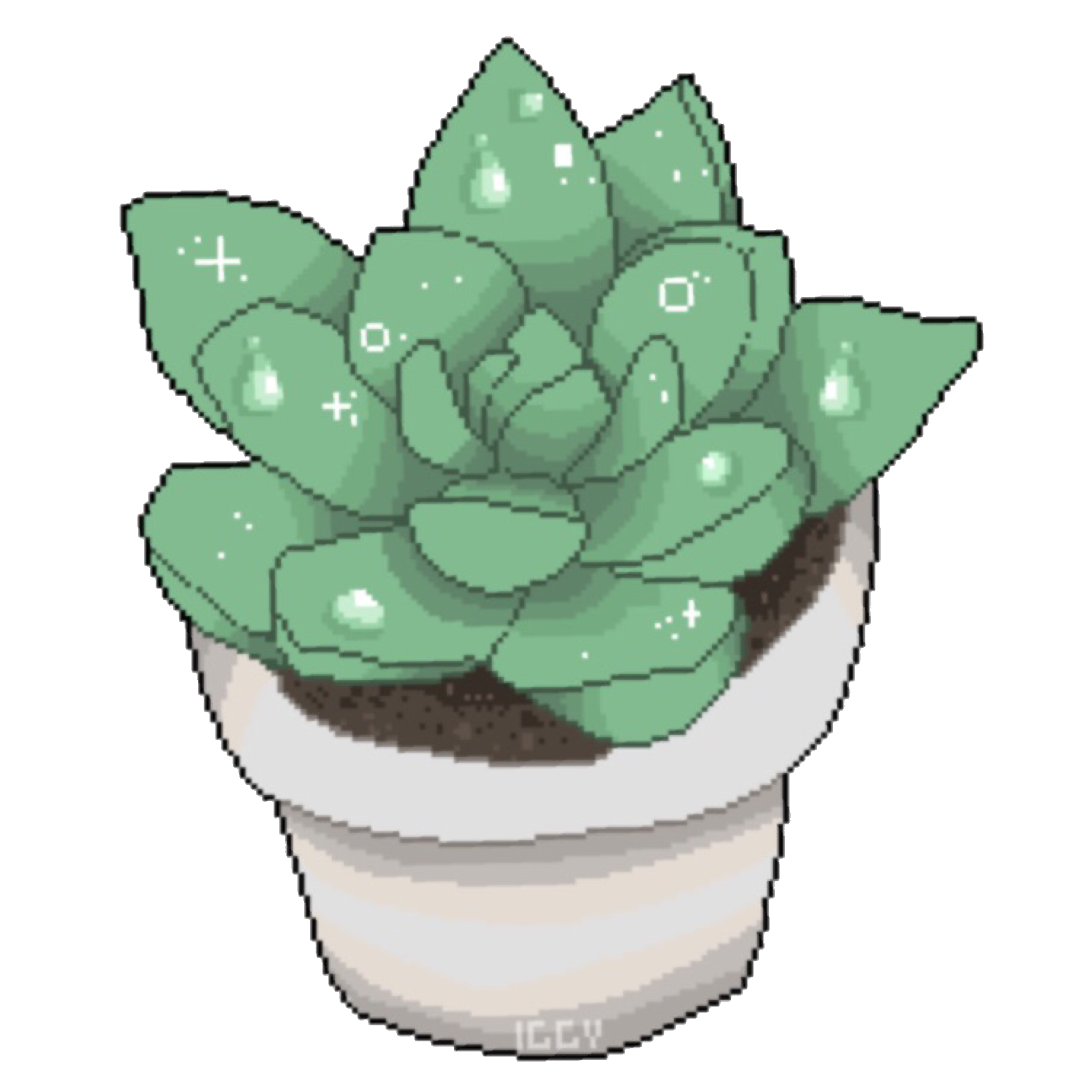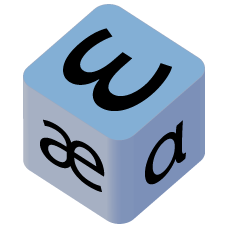

Here’s some further info on what he mentions in 4:20 and 5:00, about ōs vs. ŏs and the asymmetrical vowels system.
Latin had two sets of vowels: long /ā ē ī ō ū/ and short /ă ĕ ĭ ŏ ŭ/. And all Romance languages got rid of that length distinction (some redeveloped it like Lombard, but the “old” system was gone). However, how they did it was different, following mostly three different patterns:
| Latin | /ā ē ī ō ū/ | /ă/ | /ĕ ĭ/ | /ŏ ŭ/ |
|---|---|---|---|---|
| Western European Romance | /a e i o u/ | /a/ | /ɛ e/ | /ɔ o/ |
| Eastern European Romance | /a e i o u/ | /a/ | /ɛ e/ | /o u/ |
| Sardinian | /a e i o u/ | /a/ | /e i/ | /o u/ |
So the outcome of long vowels and short /ă/ was mostly the same in all of them (in the short term). But focus on the last two columns: Western Romance is lowering all non-low vowels, Eastern Romance only the front ones, and Sardinian… simply kept them where they were?
Accordingly to this video, Western African Romance varieties followed the same pattern as the ones in Eastern Europe, and the ones spoken closer to Italy (what’s today Tunis) followed the same pattern as Sardinian.
This might sound odd - like, between Morocco and Romania there’s a whole Mediterranean, why the hell are they undergoing the exact same sound changes? But it actually makes sense when you remember that sound changes don’t spread instantaneously. And that those vowel systems are not the result of one, but three sound changes:
- Front vowels get slightly centralised; so /ĕ ĭ/ go from [e i] to [ɛ ɪ]. Eventually they settle down as /ɛ e/.
- Other vowels get slightly centralised; so /ă ŏ ŭ/ go from [ä o u] to [ɐ ɔ o]. Eventually they settle down as /a ɔ o/ (with /ă/ merging back with /ā/).
- Long vowels get shortened; so /ā ē ī ō ū/ go from [ä: e: i: o: u:] to [ä e i o u], merging with the short vowels.
Change #1 was likely a pre-requisite for change #2: unless a dialect centralised the front vowels, it wouldn’t centralise the back vowels. Change #3 was independent of the other two, but once it happened it blocked the centralisation.
Now, let’s say that changes #1 and #2 happened in the Italian peninsula. And that #3 would happen way to the south, like Sardinia or [what’s today] Tunis. Then those changes start spreading out.
Once #3 reaches the Western European dialects, #1 and #2 already happened; so they centralised all the short vowels. However, neither #1 nor #2 had any chance to develop in Sardinia or Tunis, as #3 happened rather early in those places.
But what about places far away from both Tunis and Italy? #3 would eventually reach the Latin spoken in those regions; late enough so #1 happened, but early enough to prevent #2. That’s why Mauritanian Romance, Balkans Romance, and potentially Mozarabic* ended with an asymmetrical vowel system.
*“Mozarabic” aka Andalusi Romance is a catch-all for the indigenous Romance varieties from Southern Iberia. Eventually replaced by the varieties spoken up north in Reconquista times.






















My orc did get hungry a few times, but on a lighter side the range of available food is larger than the other races. Kobolds? Poison resist! Tripe? Nom nom nom. That dead pet? Waste not, want not. Goblin? What’s up with cannibalism, meat is meat!